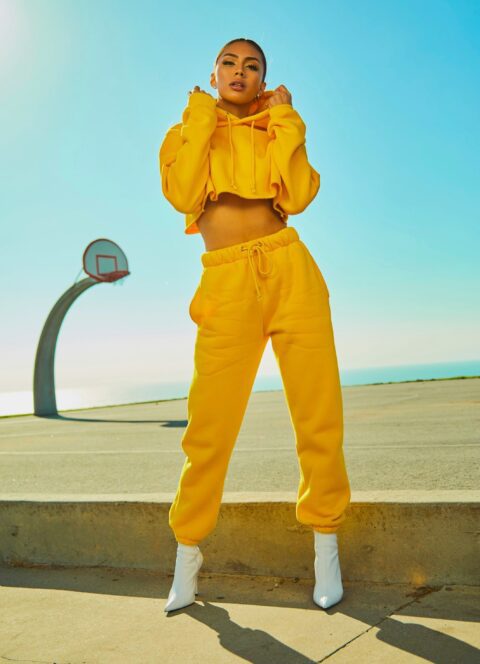The fashion industry is a complex ecosystem that intertwines creativity, commerce, and culture. Beyond the glamorous runways and glossy magazines lies a multifaceted business that involves design, production, marketing, and distribution. This article delves into the intricate workings of the fashion industry, exploring the key players, challenges, and trends shaping its future.
The Fashion Ecosystem: Key Players and Processes
The fashion industry comprises a diverse array of stakeholders, each playing a crucial role in bringing products to market.
- Designers: The creative visionaries who conceptualize and develop fashion collections.
- Manufacturers: The companies responsible for producing garments, often involving complex supply chains.
- Retailers: The businesses that sell fashion products to consumers, ranging from luxury boutiques to mass-market chains.
- Consumers: The end users who drive trends and demand.
- Media and Marketing: The channels that influence consumer perception and shape fashion trends.
The Fashion Supply Chain: From Concept to Consumer
The fashion supply chain is a complex network involving numerous stages and stakeholders.
- Sourcing: Identifying and procuring raw materials, often from global suppliers.
- Production: Manufacturing garments, involving pattern making, cutting, sewing, and finishing.
- Distribution: Transporting products from manufacturing facilities to retailers.
- Retail: Selling products to consumers through physical stores or online platforms.
The Impact of Fast Fashion
Fast fashion has revolutionized the industry, offering consumers affordable and trendy clothing. However, it has also raised concerns about sustainability and ethical practices.
- Overconsumption: Fast fashion encourages consumers to buy more clothes and discard them quickly.
- Environmental Impact: The industry’s reliance on harmful chemicals and resource-intensive production processes contributes to pollution.
- Labor Issues: Concerns about worker exploitation and unfair wages prevail in some parts of the supply chain.
The Rise of Sustainable Fashion
In response to growing environmental and social concerns, sustainable fashion is gaining momentum.
- Eco-Friendly Materials: Utilizing organic, recycled, and sustainable fabrics.
- Ethical Production: Prioritizing fair labor practices and human rights.
- Circular Economy: Implementing strategies to reduce waste and extend the life of clothing.
- Consumer Awareness: Educating consumers about the importance of sustainable fashion choices.
The Digital Transformation of Fashion
Technology is reshaping the fashion industry, from design to retail.
- E-commerce: Online platforms have disrupted traditional retail models, offering convenience and global reach.
- Virtual Try-Ons: Innovative technologies enable consumers to virtually try on clothes before purchasing.
- Social Media Influence: Platforms like Instagram and TikTok have become powerful tools for fashion brands to connect with consumers.
- Data Analytics: Analyzing consumer data to inform design, marketing, and inventory management.
The Future of Fashion: Challenges and Opportunities
The fashion industry faces numerous challenges, but it also presents exciting opportunities for innovation and growth.
- Sustainability: Addressing environmental and social issues through sustainable practices.
- Inclusivity: Promoting diversity and inclusivity in fashion design and marketing.
- Personalization: Offering tailored products and experiences to meet individual consumer needs.
- Technology Integration: Leveraging technology to enhance the customer journey and improve efficiency.
The fashion industry is in a state of constant evolution, driven by consumer preferences, technological advancements, and societal changes. By understanding the complexities of the business, consumers can make informed choices, and industry players can work towards a more sustainable and ethical future.






